Frequently Asked Questions
1. Why is the aesthetics of knife handles important?
2. What materials are commonly used for hunting knife handles?
3. How can one care for the aesthetic appeal of a knife handle?
4. What role does the design of a knife handle play?
5. How do cultural aspects influence knife handle aesthetics?
When it comes to hunting knives, we often get carried away by the blade's sharpness, the hilt's grip, or even the technological advancements that improve functionality. However, an equally essential aspect that deserves our attention is the aesthetics of knife handles. The knife handle is not just a functional component but also a statement of craftsmanship, artistry, and personal style. In this blog post, we will delve deep into the aesthetics of knife handles, exploring the materials, design elements, and cultural significance, especially as they relate to premium hunting knives.
The Importance of Aesthetic Consideration in Knife Handles
A knife is not merely a tool; it reflects the owner's identity and preferences. An aesthetically pleasing knife handle adds to the overall allure and value of the knife. Here are a few reasons why aesthetics should not be overlooked:
- Personal Expression: Just as we choose our clothing and accessories based on our style, knife handles can be an extension of that individuality.
- Collectible Value: Many collectors appreciate uniquely designed knife handles, which can significantly affect the perceived value of knives.
- Enhanced Functionality: A good design often takes into account ergonomics, allowing for a more comfortable grip without sacrificing aesthetic appeal.
Materials That Define Aesthetic Appeal
The material used for knife handles can dramatically change the look and feel of a knife. Let’s explore some popular materials for hunting knives and their aesthetic attributes:
Wood
Wood offers a classic, timeless appeal. The grain and hue of each piece can vary, creating a unique handle with a natural warmth. Popular woods like walnut, mahogany, and oak often appeal to traditionalists, while exotic woods like cocobolo and rosewood lend a luxurious flair. Wood handles can be treated for improved durability but maintain their organic beauty, making them a popular choice in the hunting knife community.
Micarta
Micarta, made from layers of fabric and resin, is a popular choice in the production of knife handles due to its incredible durability and versatility. This material can be crafted in an array of colors and patterns, allowing for highly customizable designs that can suit both the rugged outdoorsman and the refined collector. The textured surface of Micarta offers a secure grip, adding functionality to its aesthetic charm.
Metal
Metal handles typically convey a sleek, modern look. Stainless steel and titanium provide strength and resistance to corrosion, making them ideal for hunting knives. However, metal handles might become cold to the touch, which may deter some users. Yet, their polished sheen can magically elevate the visual appeal of any knife when crafted with care.
Plastic and Synthetic Materials
Advancements in technology have birthed a range of synthetic materials, allowing for eye-catching designs that can withstand tough environments. These materials provide an excellent combination of function and form, making them popular in not just hunting knives but also tactical knives. Unique colors and textures give builders limitless options to create attractive and durable knife handles.
Design Elements to Consider
The design of a knife handle encompasses various elements—each contributing to the overall aesthetic. Here are a few core factors:
Shape
The shape of a knife handle is critical for both aesthetics and ergonomics. Rounded handles are often perceived as comfortable and classic, while angular designs can lean towards a modern, industrial look. The handle should complement the blade's design while providing a comfortable grip, especially necessary for hunting knives meant for extended use.
Color
The color of a knife handle is a straightforward yet powerful design element. From earthy browns and greens that blend with nature to vibrant hues for eye-catching visuals, the color can communicate style and functionality. It’s essential to consider how colors reflect one’s personality while ensuring the handle still serves its primary purpose—even under pressure!
Texture
Texture involves the tactile feelings one experiences when holding the knife. A smooth finish might exude elegance, while a rugged texture can signal toughness and reliability. Textured handles often provide better grip, making them functionally aesthetic and practical, especially in outdoor environments.
Cultural Significance of Knife Handle Aesthetics
The aesthetics of knife handles are more than just a visual appeal; they carry cultural undertones and historical significance. In many cultures, knives symbolize power and self-sufficiency. Here are a few examples of cultural significance:
Japanese Knives
Japanese knives, highly regarded for their craftsmanship, often feature handles made from traditional wood. The design reflects centuries of artisanal skills honed through meticulous practices. The aesthetic choices made are integral to the knife's cultural heritage, combining beauty with functionality, often making them sought after by both collectors and culinary enthusiasts.
Scandinavian Craftsmanship
Scandinavian knives, often referred to as puukko, feature simple yet stunning designs with wooden handles that connect users to a rich Nordic history. The straightforward aesthetic and durable construction reinforce the knife's role in daily utility while embodying a cultural pride in craftsmanship.
Caring for the Aesthetic Appeal
Once you've invested in a beautiful handle for your hunting knives, it’s essential to take care of it. Maintenance involves regular cleaning and appropriate storage to keep the materials in pristine condition. Here are some care tips:
- Regular Cleaning: Clean your knife handle after each use, especially when exposed to moisture or oils, to prevent damage over time.
- Conditioning Wood: If you have a wooden handle, apply mineral oil periodically to maintain its luster and prevent drying or cracking.
- Proper Storage: Store your knives in a dry place, ideally in a sheath or display case to avoid scratching and exposure to elements.
Why Choose Aesthetic Knives for Hunting?
When venturing into the wilderness for hunting, you want tools that can withstand the rigors of nature while looking great. Aesthetic knives can offer a perfect balance between functionality and style. These knives not only serve practical purposes in hunting, but they also stand as symbols of artistry and sophistication among knife aficionados.
Craftsmanship Meets Practicality
Choosing a knife with excellent aesthetics often translates to choosing a high level of craftsmanship. Many premium knife makers invest time and energy into creating beautiful handles, ensuring the customer receives a reliable tool that tells a story. Each knife becomes a conversation starter, showcasing the intersection between art and the utilitarian. As such, opting for a visually appealing hunting knife can enhance the hunting experience.
Community Connection
Hunting isn’t just about the sport; it’s about building connections, whether with fellow hunters or nature's beauty. Owning an aesthetically appealing knife can serve as a badge of honor within the hunting community. They spark discussions, enabling enthusiasts to share their experiences and appreciation for craftsmanship. A knife becomes more than just a tool; it evolves into a piece of one's identity as a hunter.
Sharpening Your Aesthetic Choices
In the grand tapestry of outdoor tools, the aesthetics of knife handles stand out—not merely as visuals but as a statement of the values we cherish. The next time you're on the hunt for the perfect tool to accompany you into the wild, remember that the knife handle you choose is a reflection of your personality, your experiences, and your commitment to artistry.
With the right blend of aesthetics, material, and design, you can find a knife handle that resonates with your style while fulfilling its primary purpose as a reliable companion on your adventures. Whether you seek classic wooden beauty, modern synthetic vibrance, or artistic metalwork, the world of knife handles offers boundless options for discerning hunters. Embrace the artistry, celebrate the craftsmanship, and let your next knife tell your story.


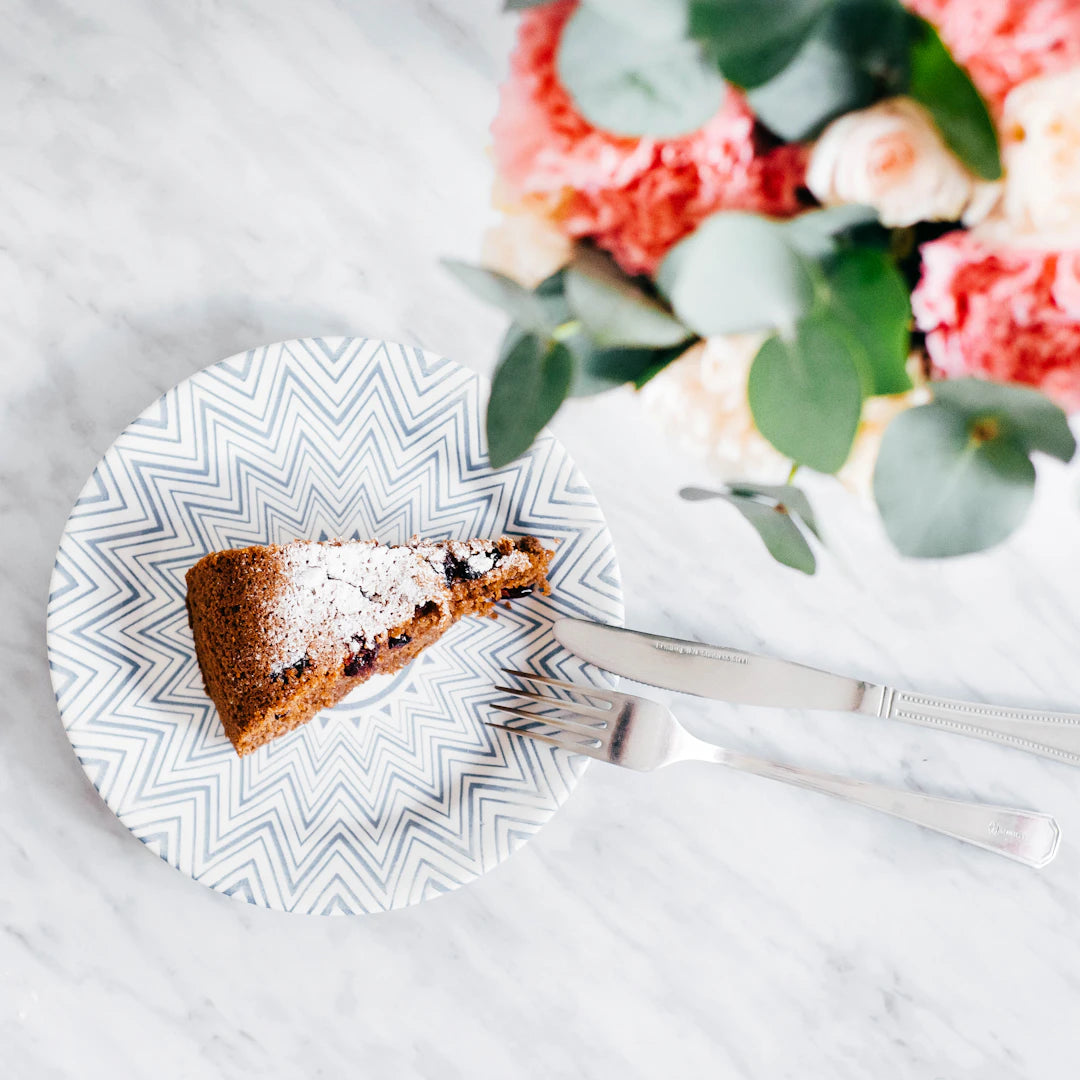



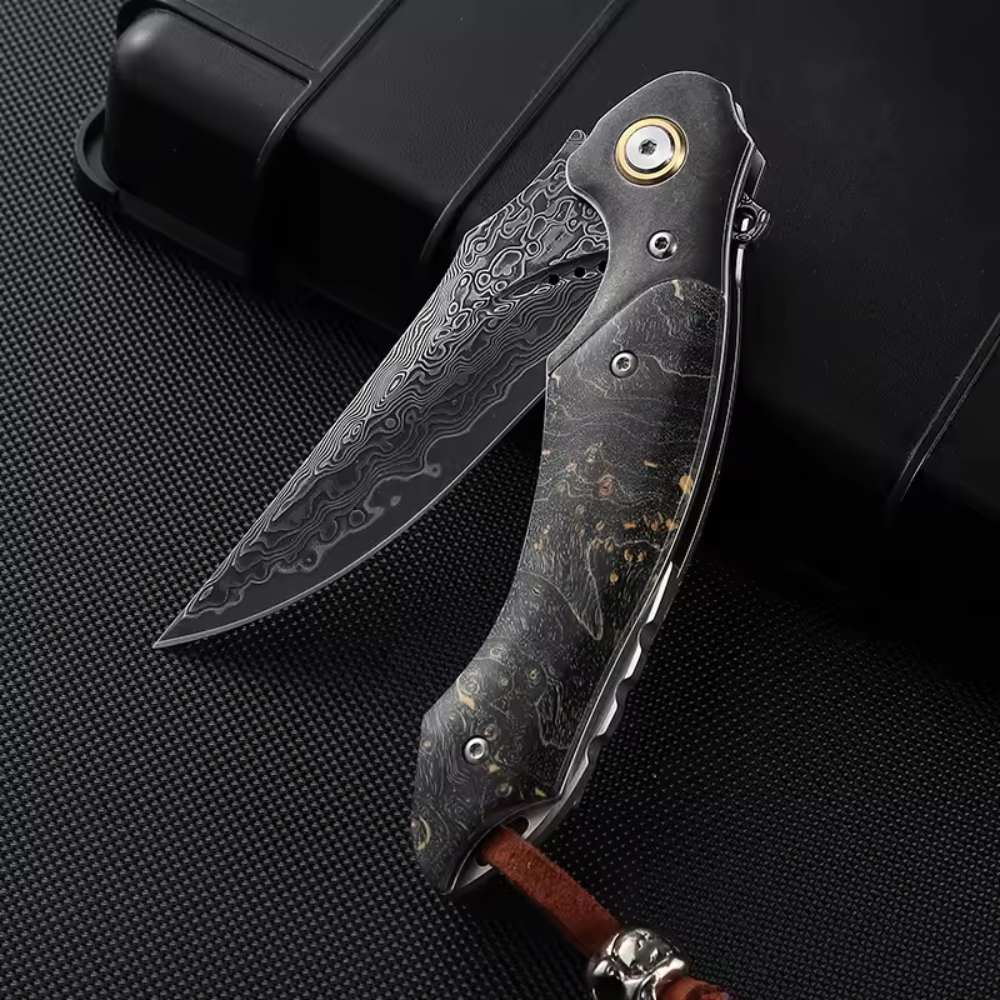
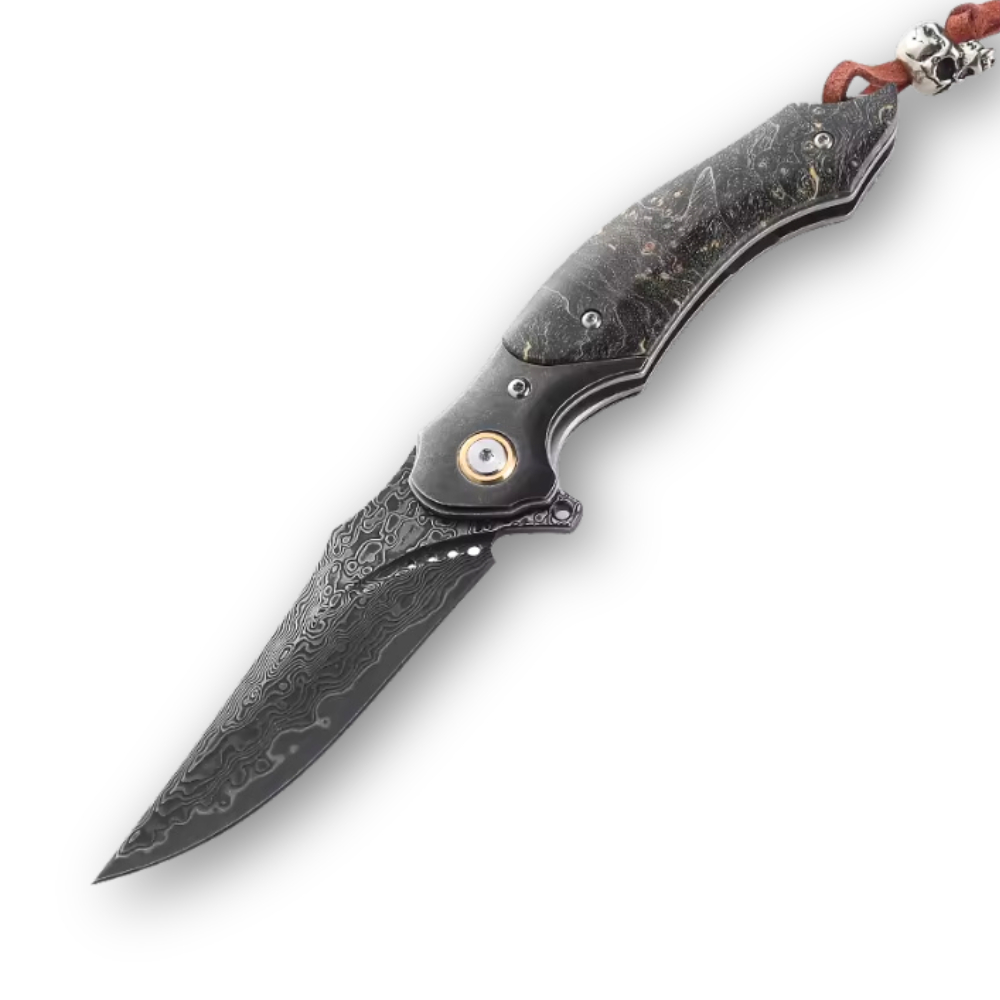
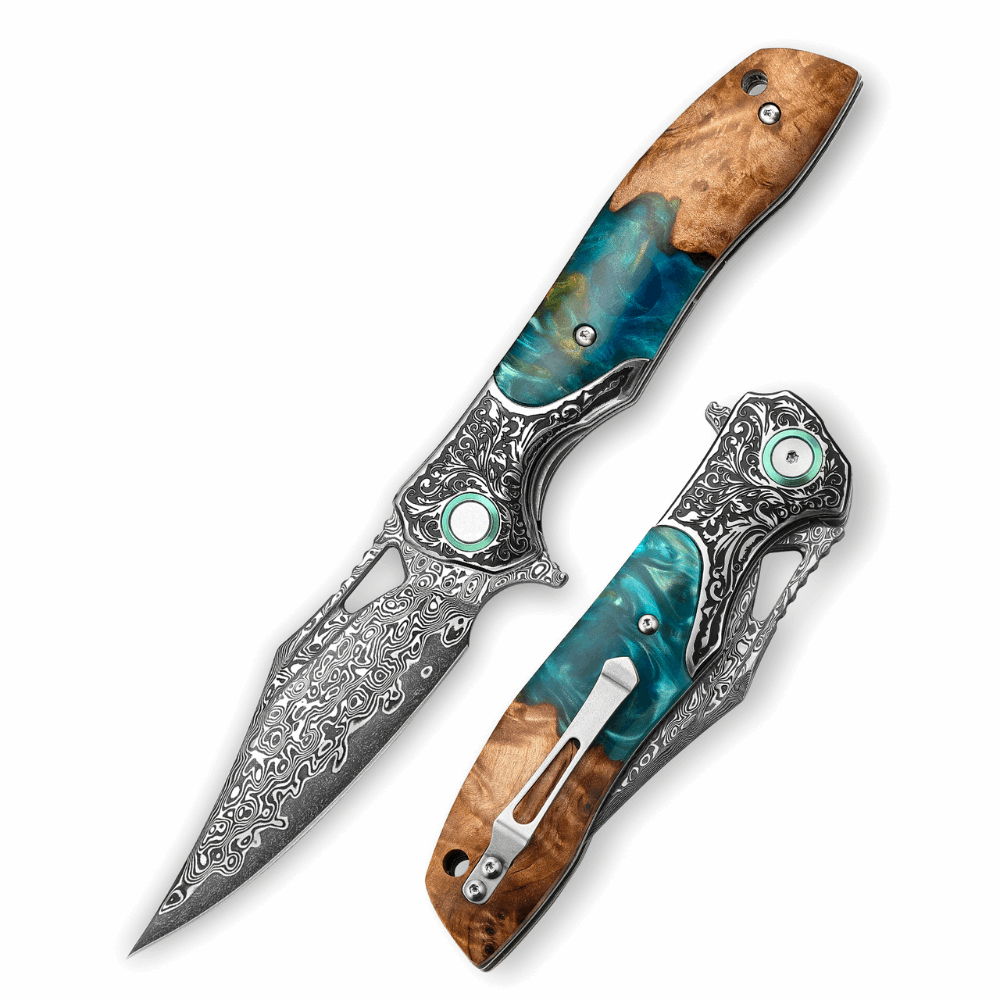
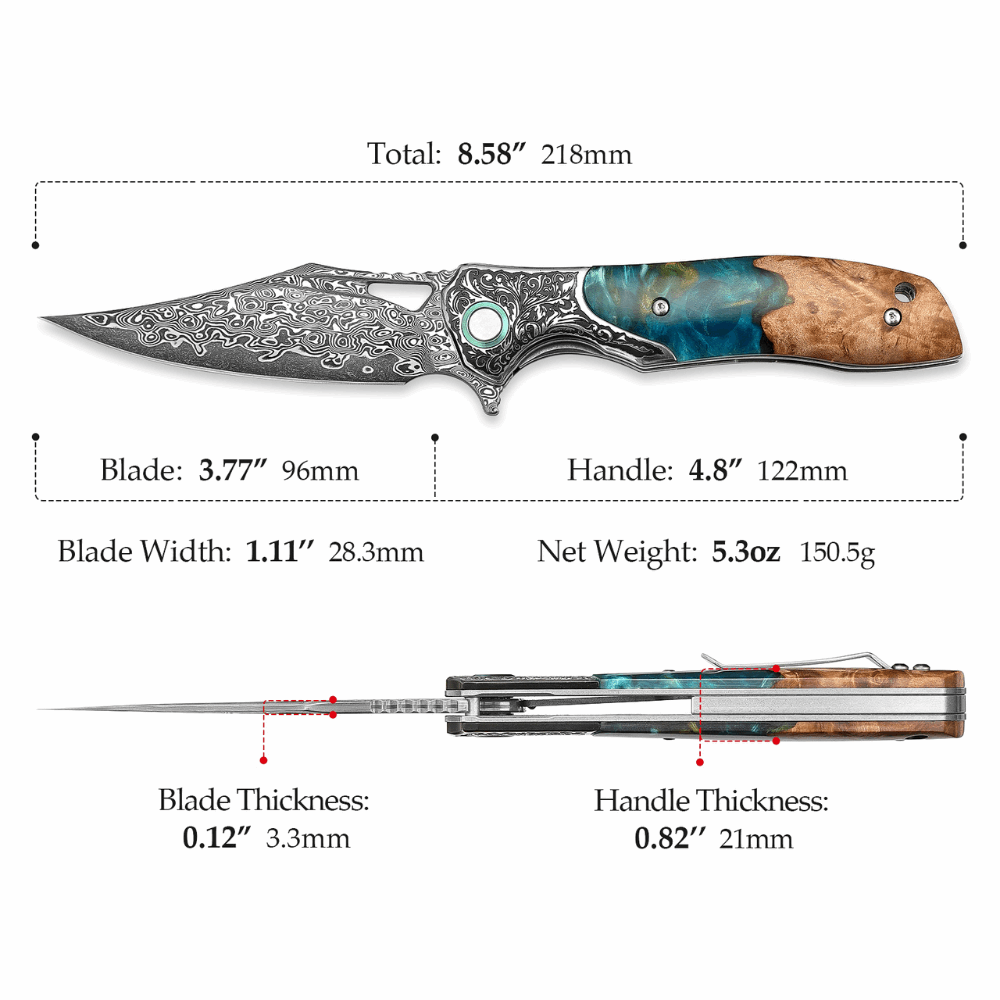
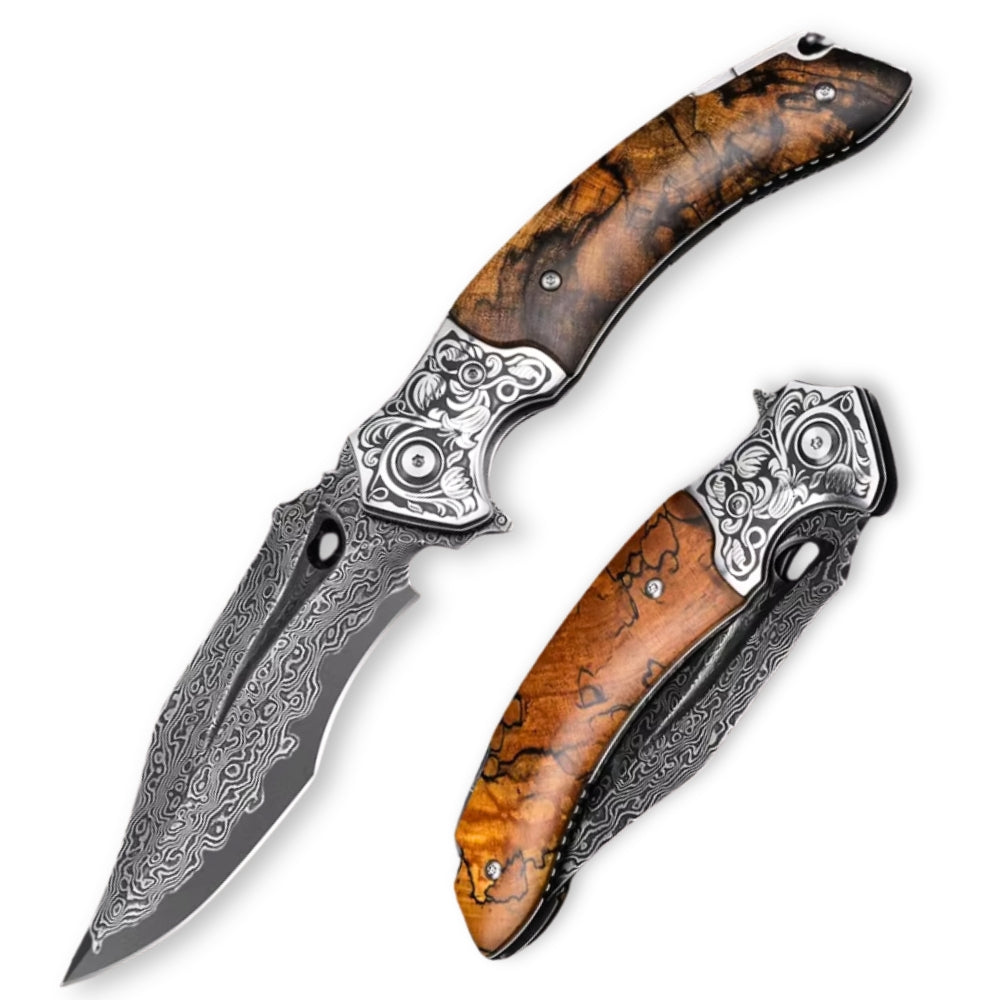
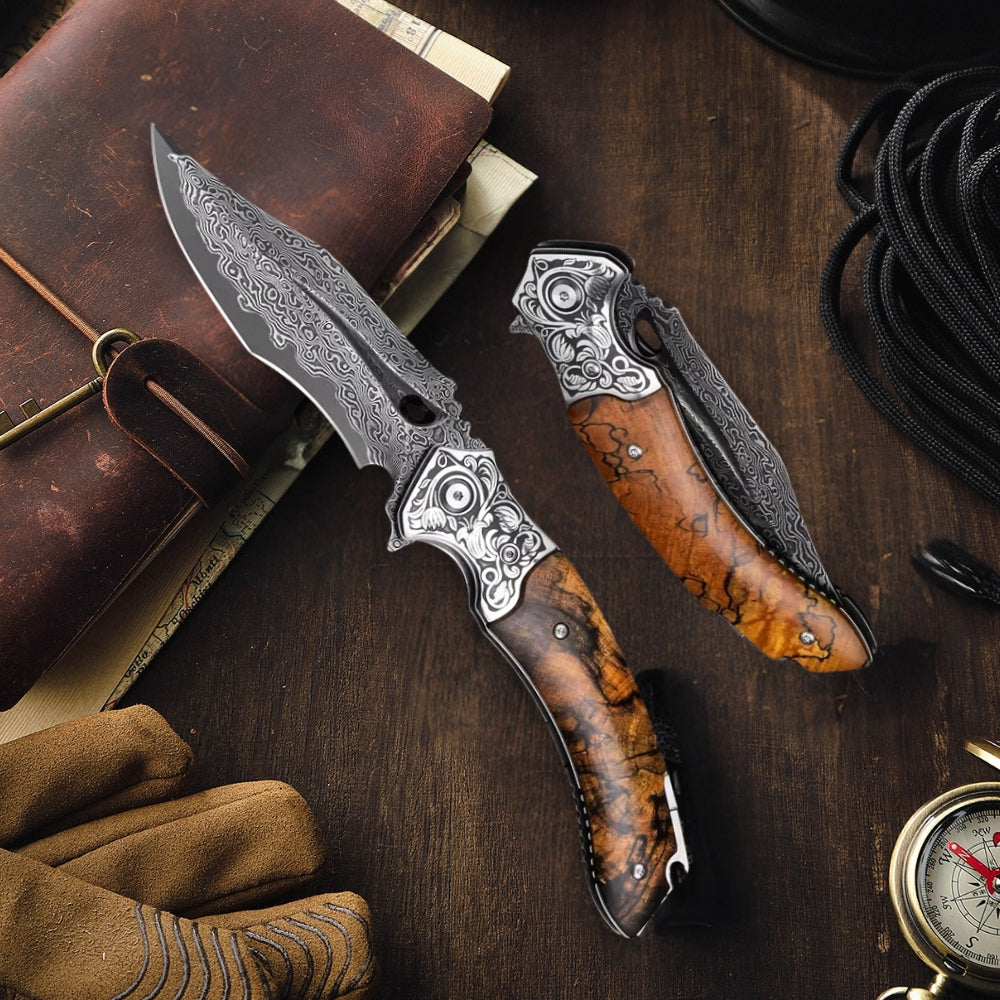
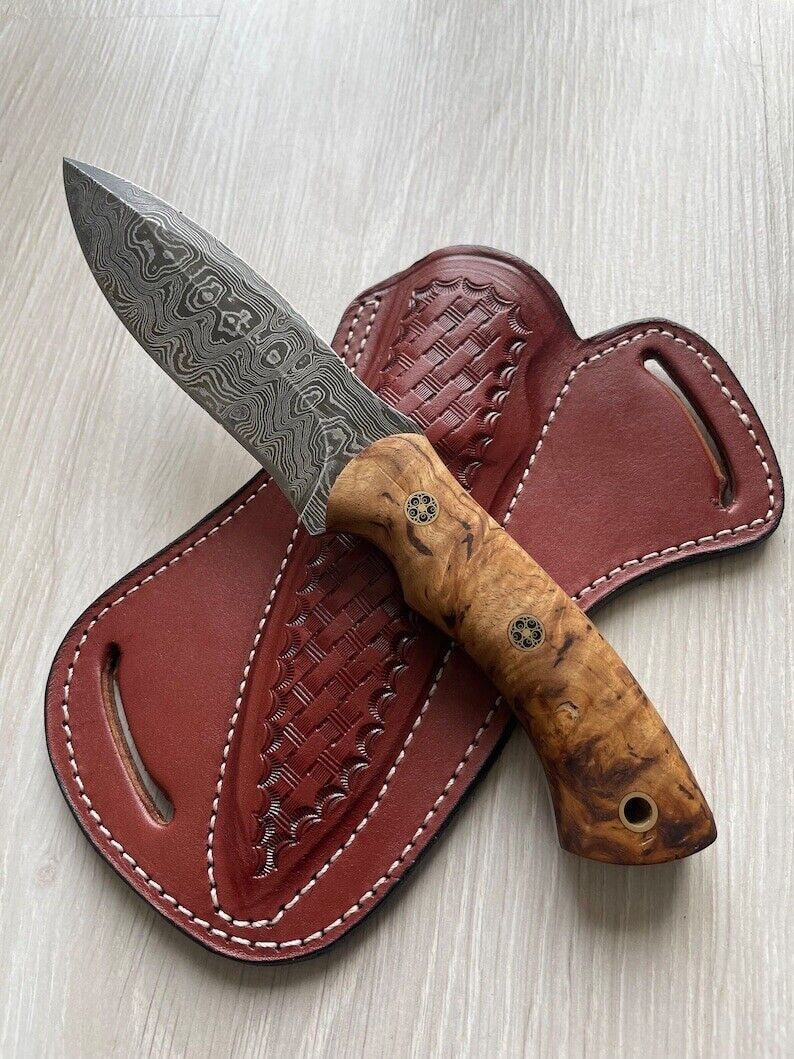
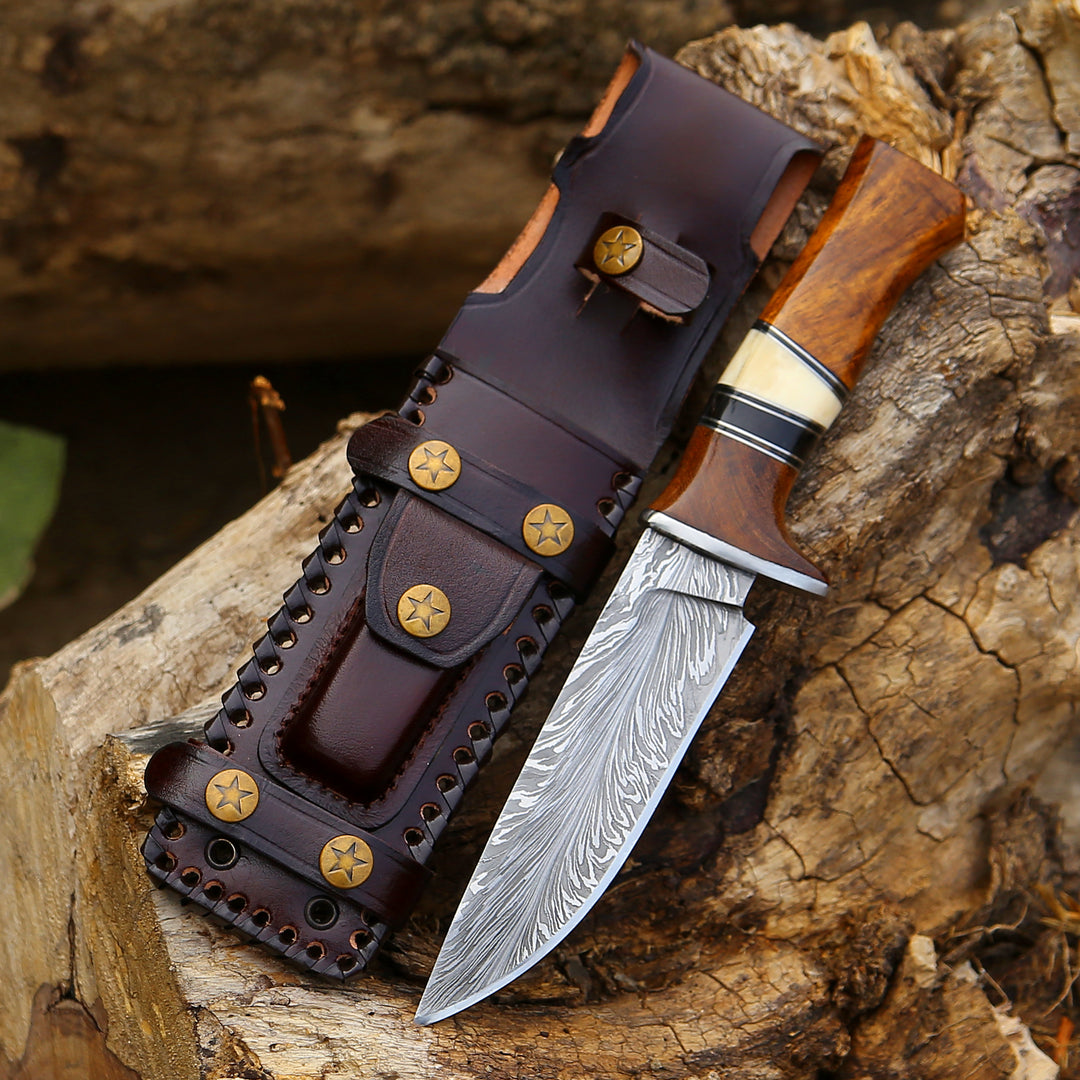
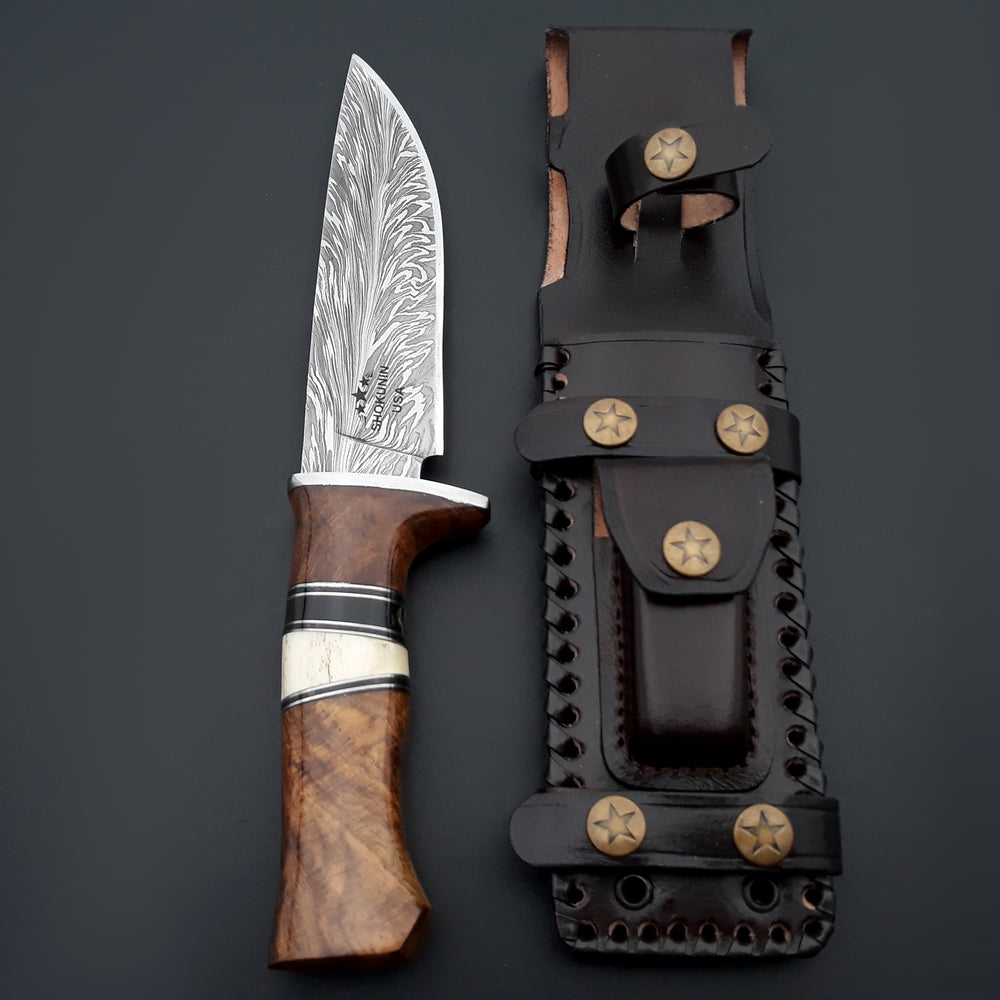
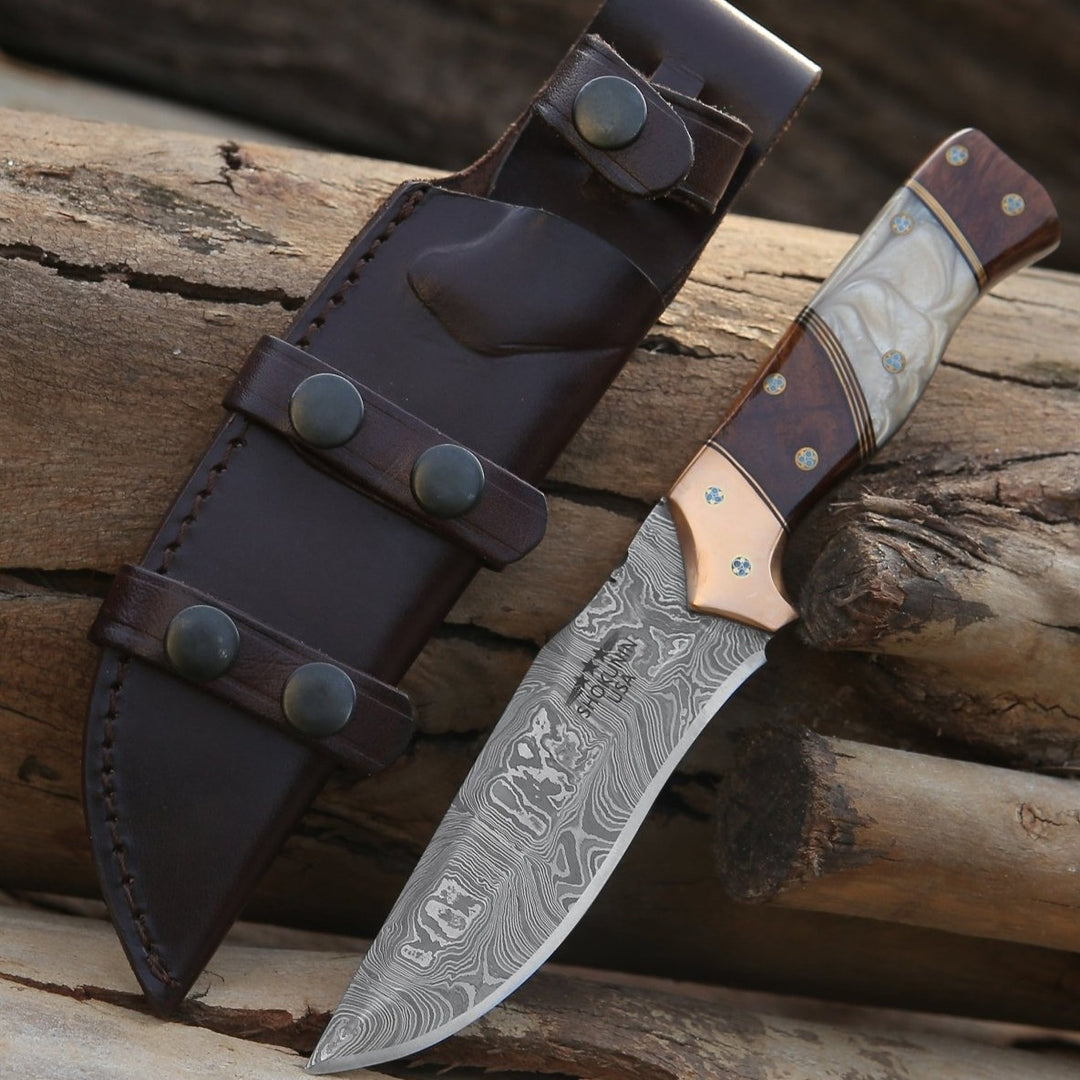
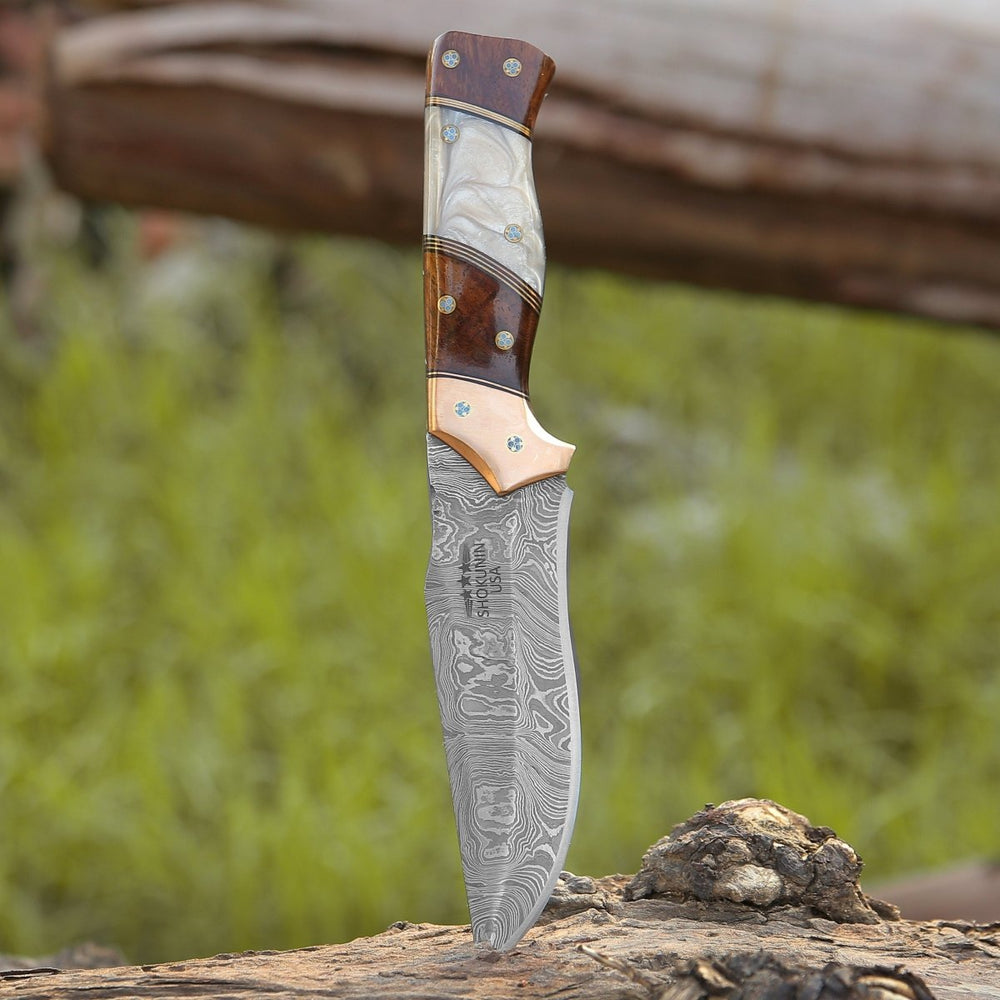
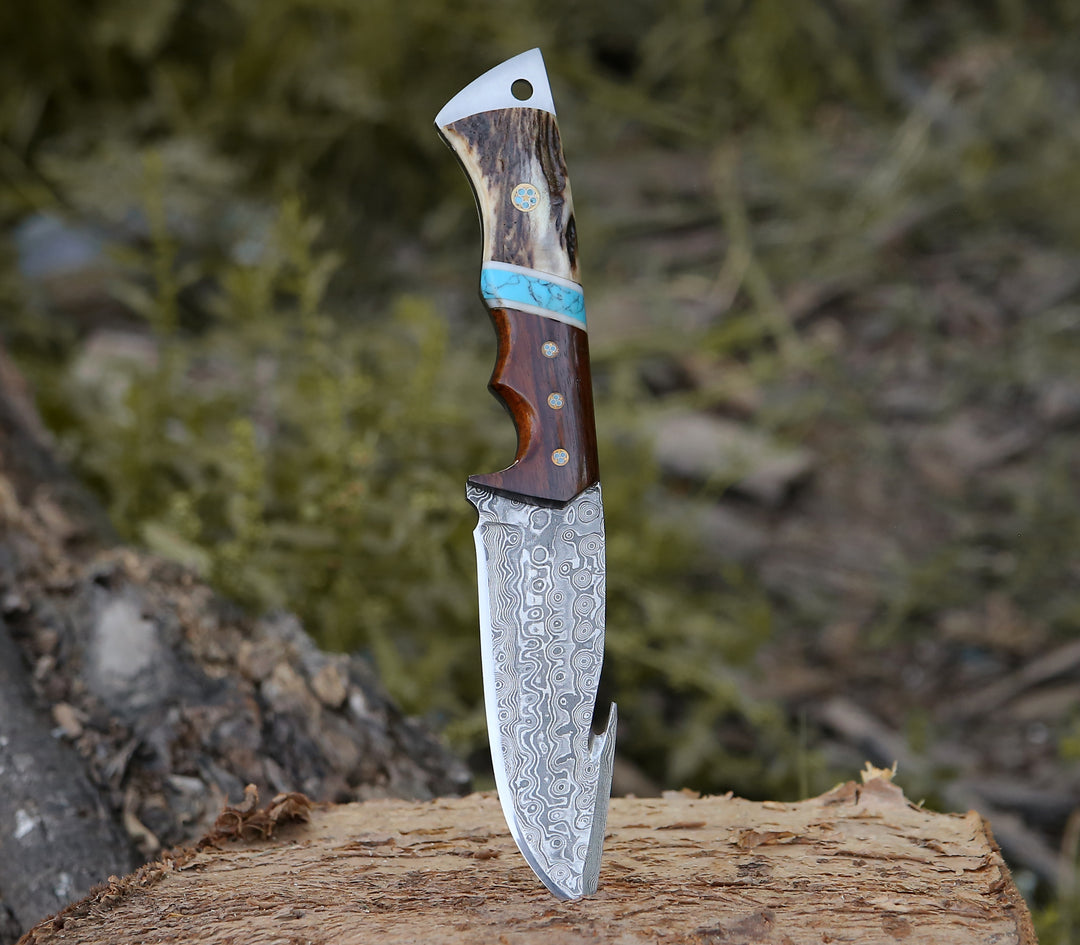
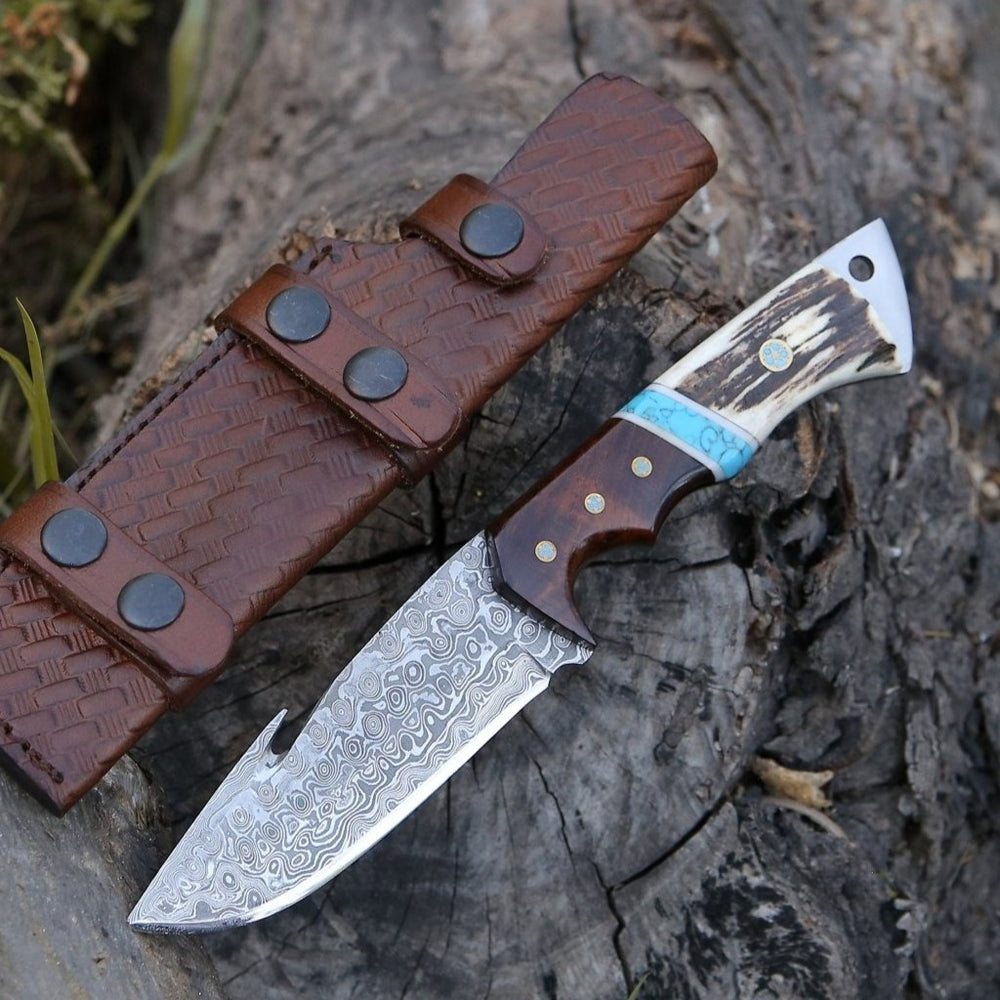
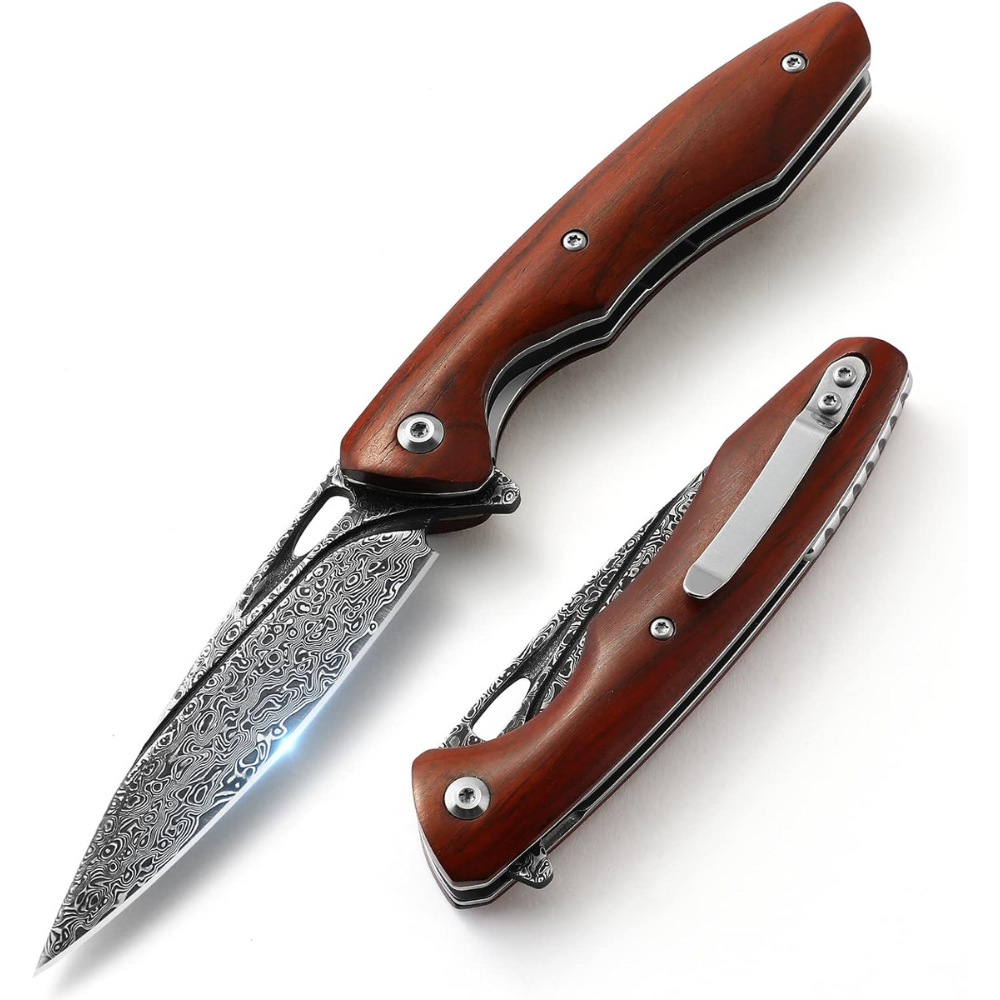
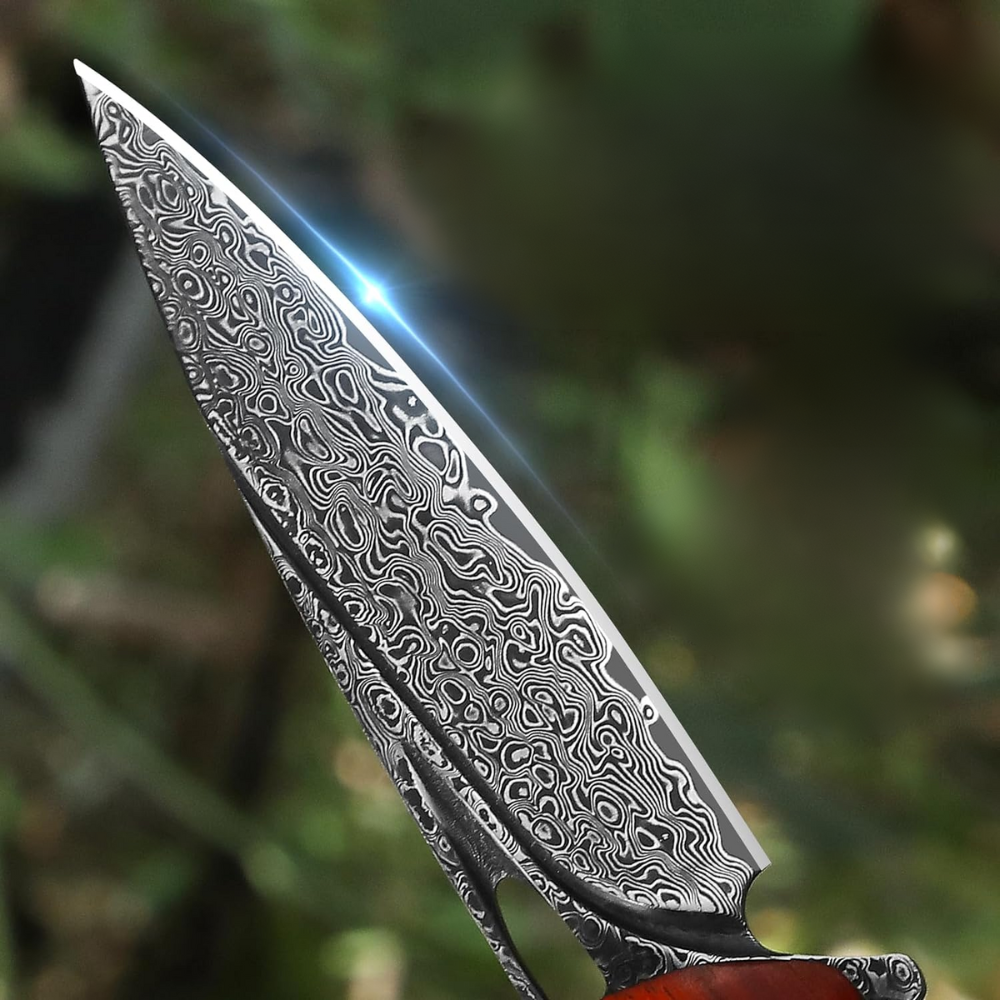
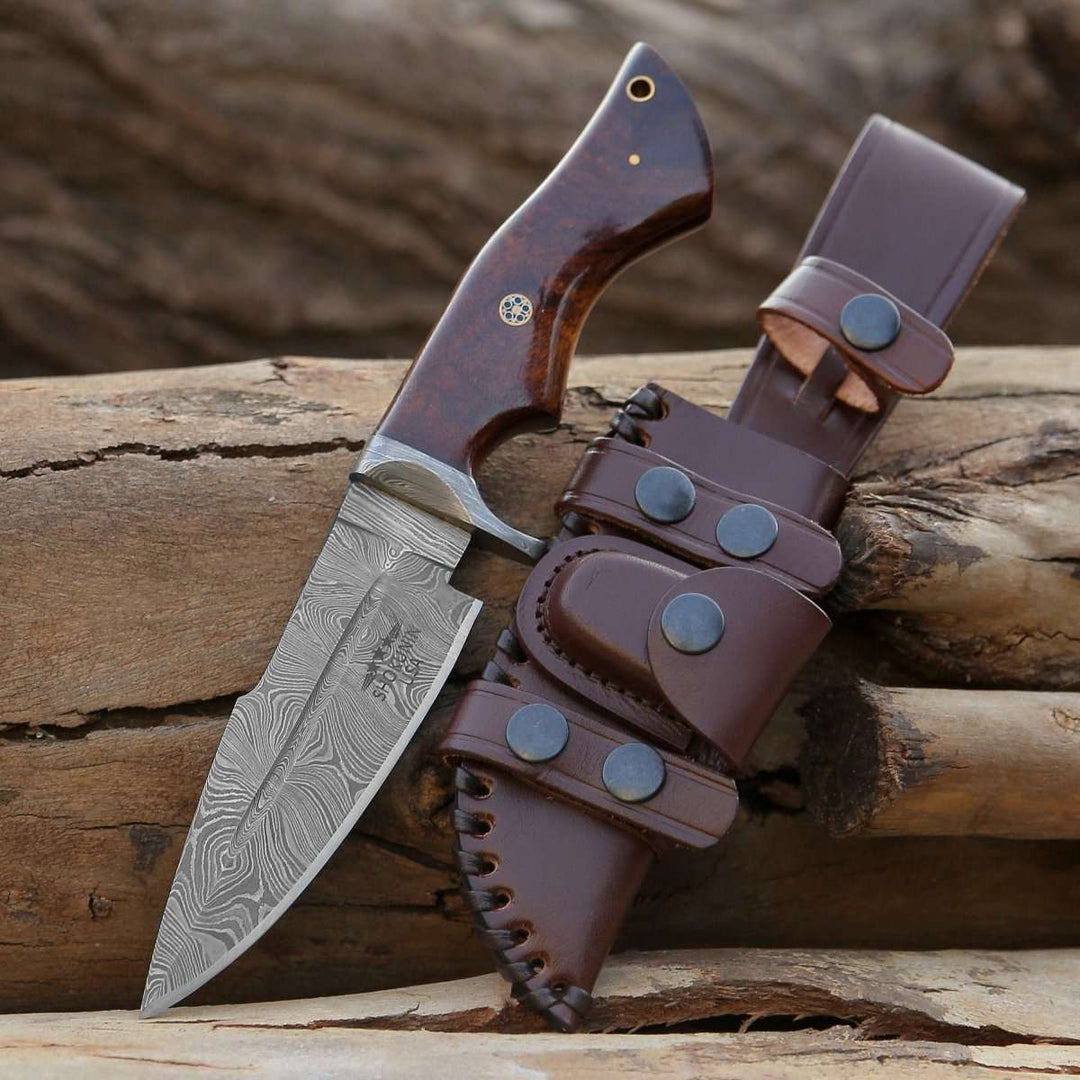
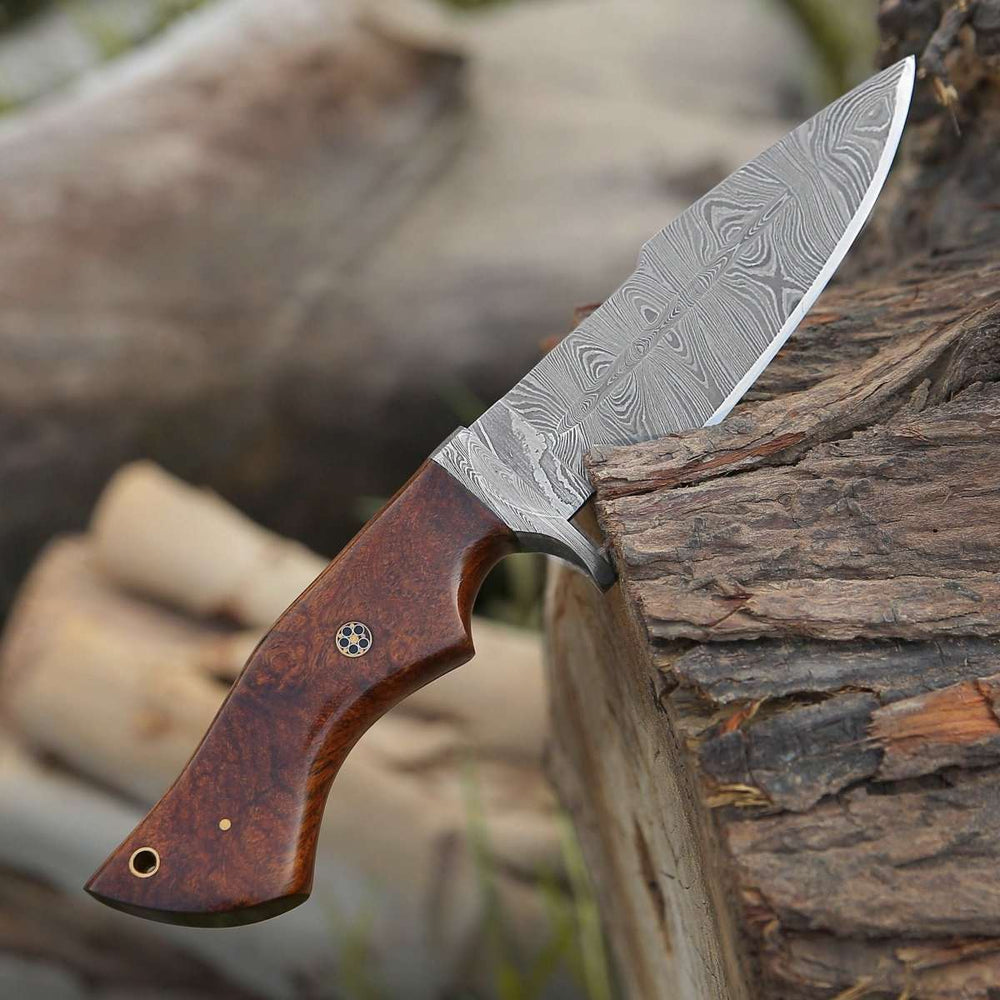
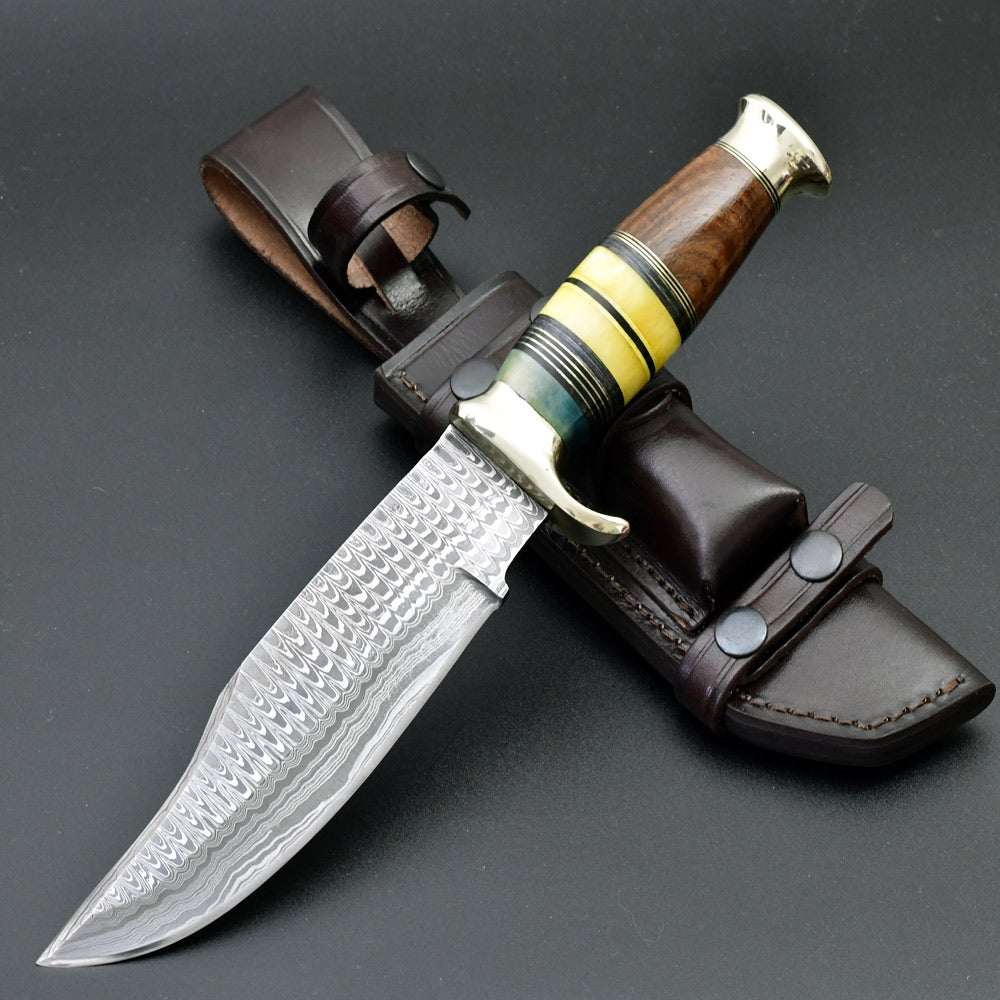
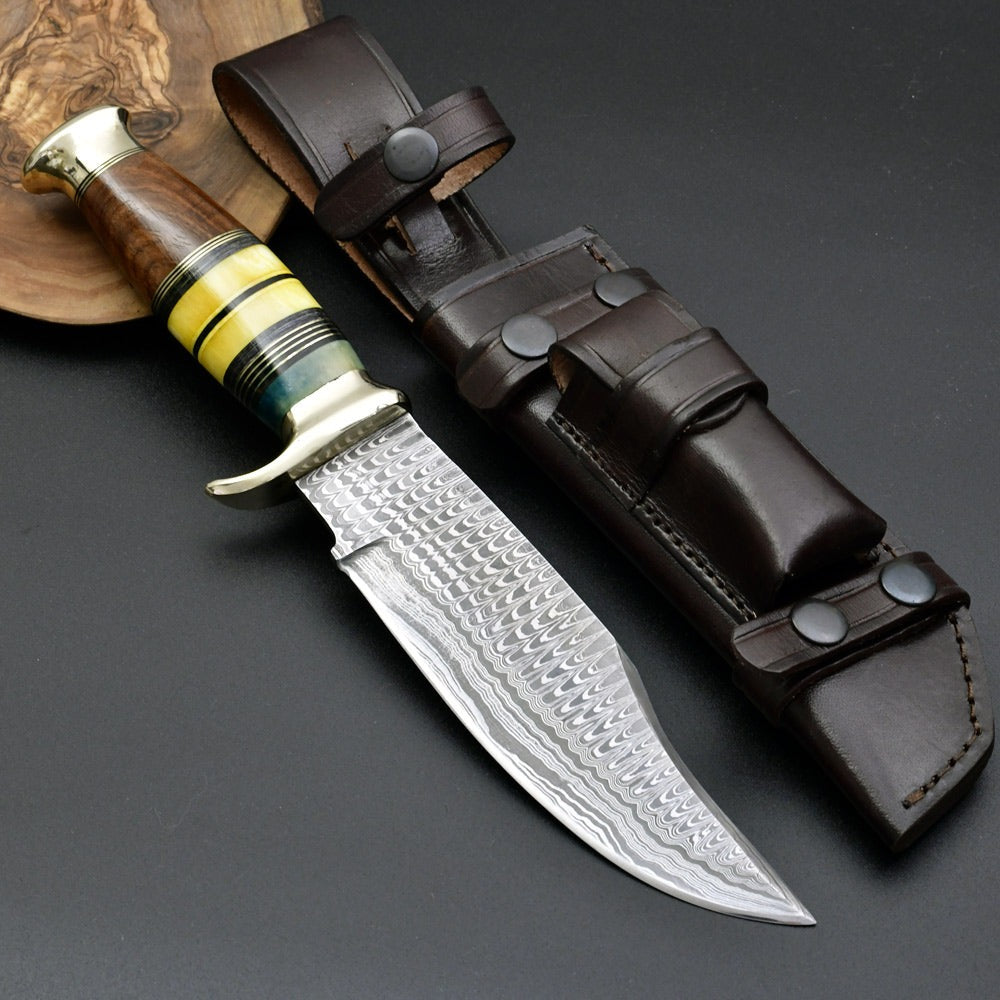
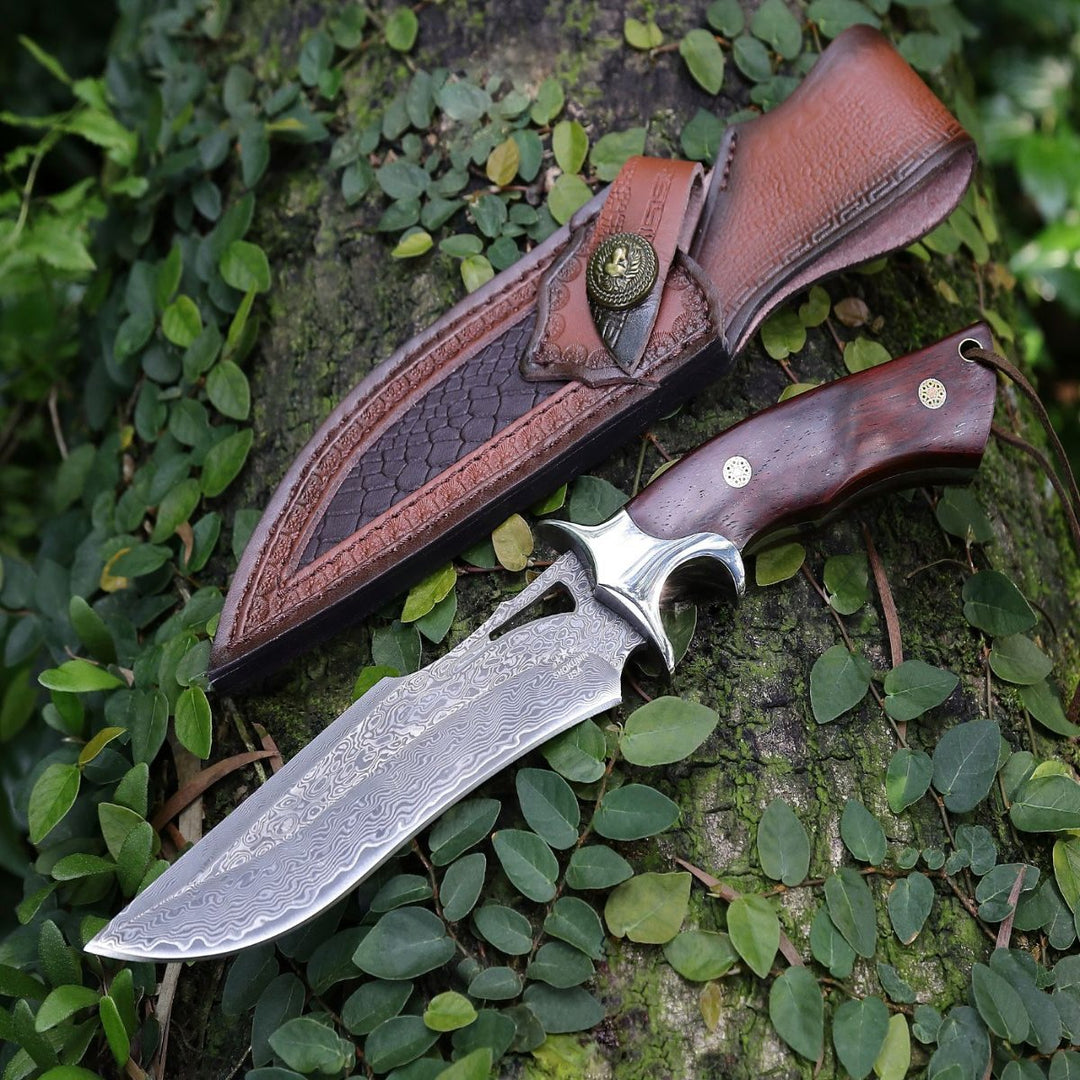
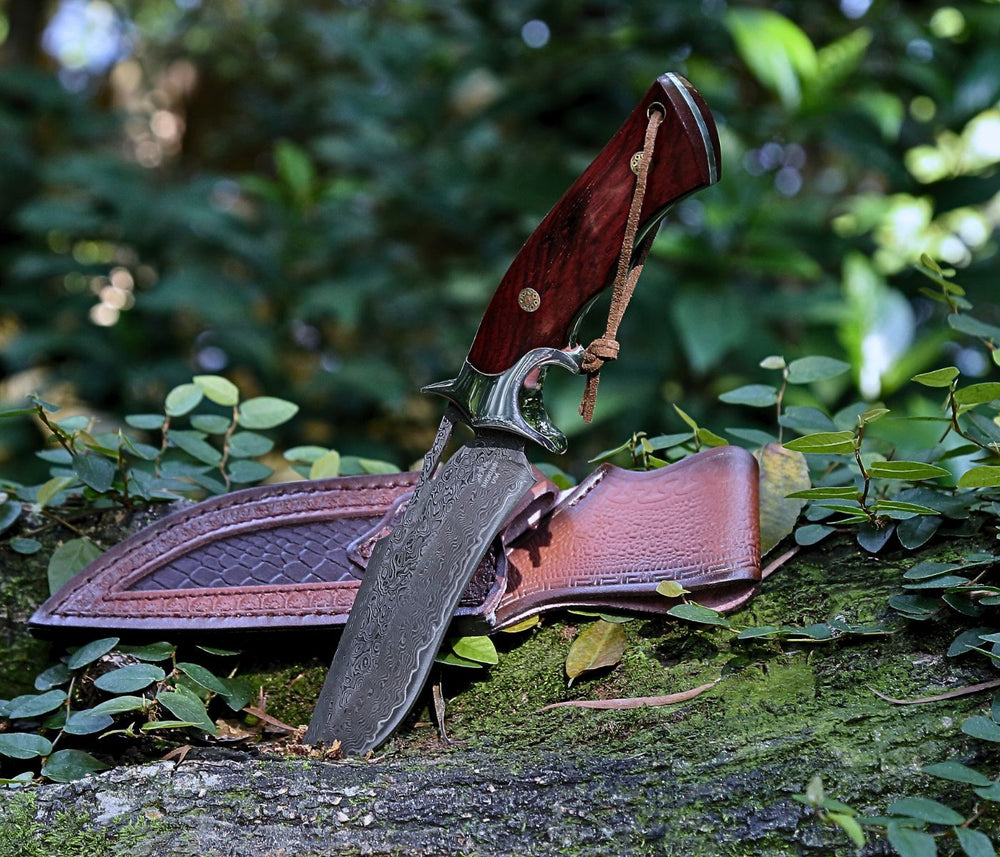
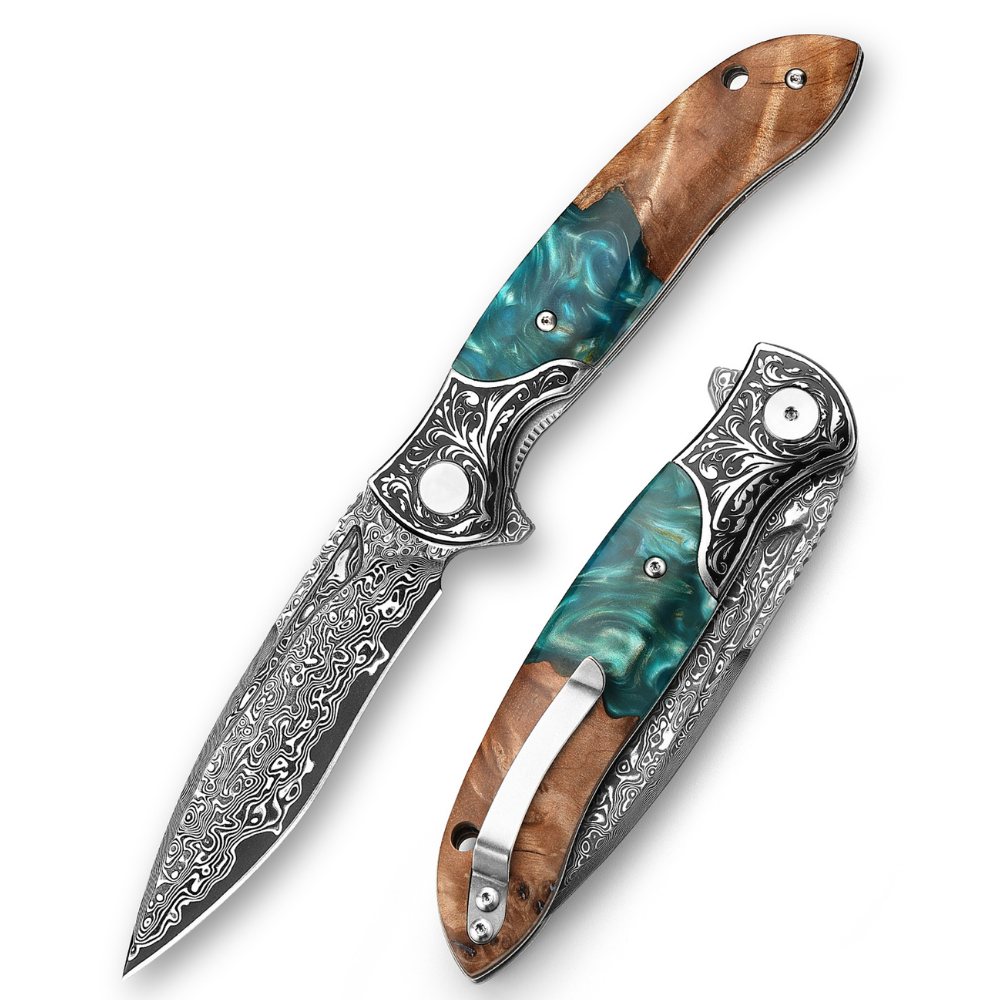
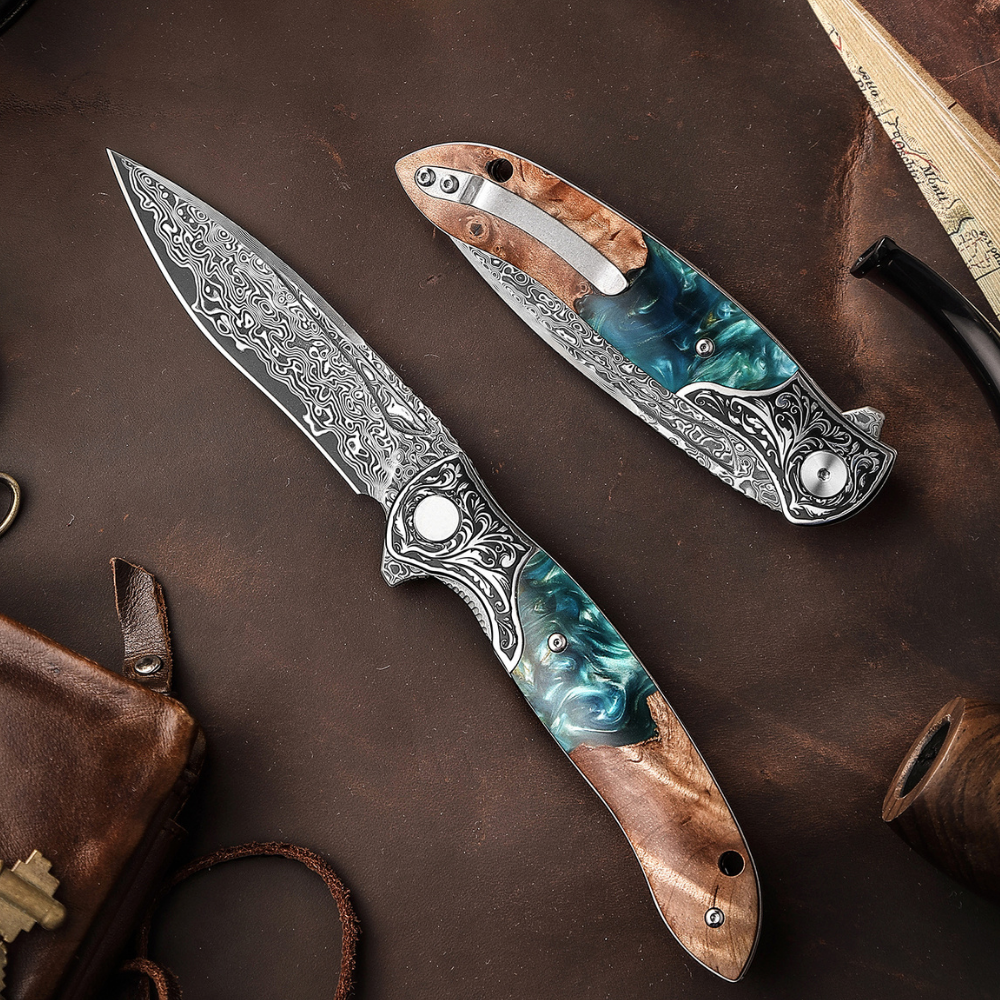
Leave a comment